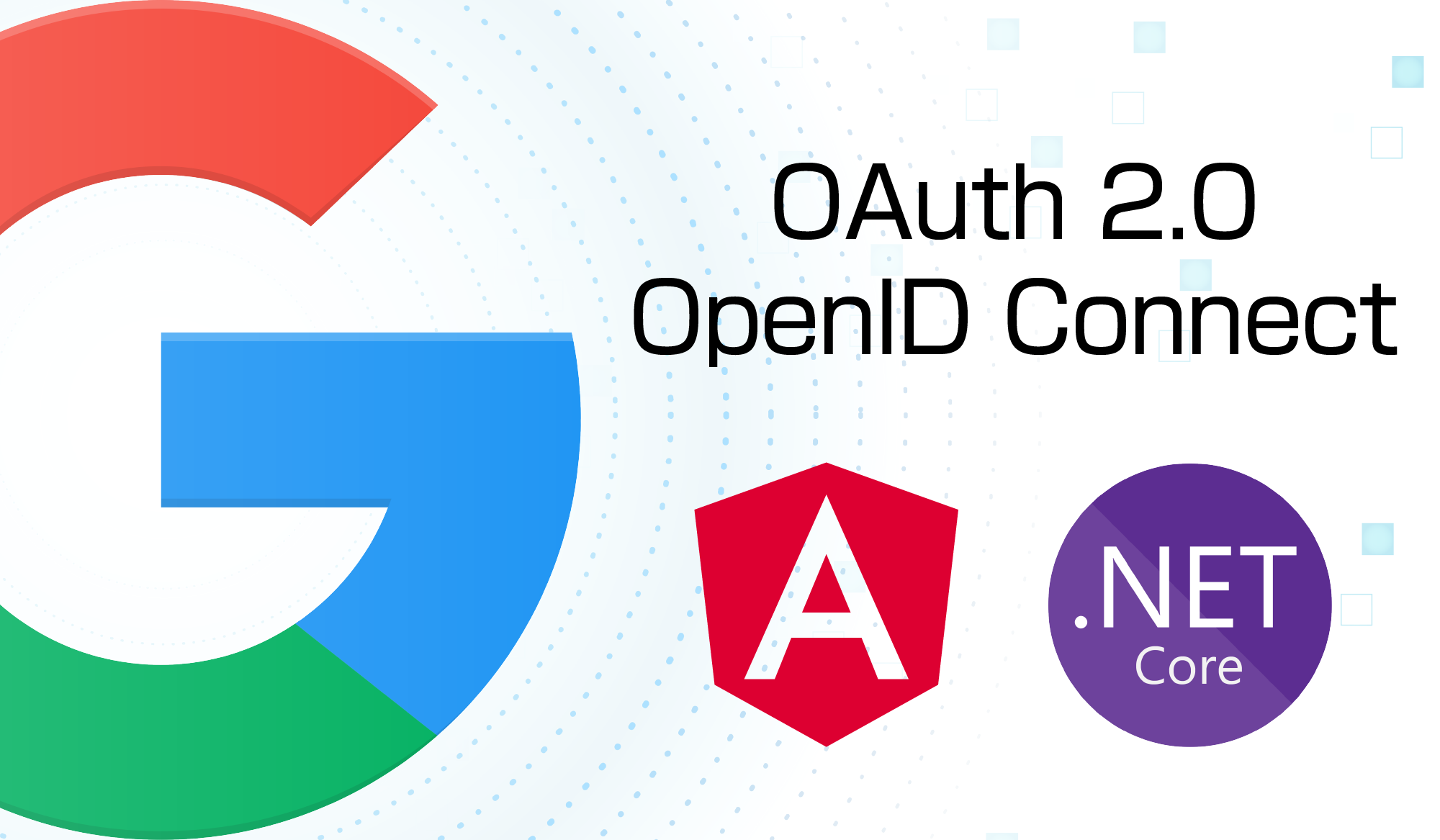https://googleoidcdemo.maki0419.com/
使用 Angular 實現 OpenID Connect 登入,網路上的教學大都是使用隱含流程(Implicit flow)。
隱含流程不需要後端,適合 Angular 這種純前端應用。
它的設定比較簡單,設備維護成本低,但相較於授權碼流程(Authorization code flow)來說 隱含流程的安全性較低。
在較為大型的 Angular 應用程式專案中,常會搭配後端API以處理資料庫或是複雜的應用邏輯。
或許你不會為了 OIDC 而多開一台後端伺服器,但倘若只是把授權碼流程的一部份搬到現有的後端API,這就成為了一個划算的決定。
本專案使用 Angular + ASP.NET Web API,示範如何在前後端分離的專案中實作 Google OAuth2 OIDC 登入。
- C# ASP.NET Core 6 Web API 專案
- OIDC僅使用 Google 官方的
Google.Apis.Auth套件
- OIDC僅使用 Google 官方的
- Angular 14 前端專案
- OIDC僅使用 Google 官方的
Google Sign-In客戶端套件
- OIDC僅使用 Google 官方的
本文重點主要是在於實作,而非OAuth 2.0的流程講解
如果想要深入學習,請參考保哥的課程 《精通 OAuth 2.0 授權框架》
-
在 Google API Console 註冊新的專案,「憑證→OAuth 2.0 用戶端 ID→網頁應用程式」取得「用戶端編號」、「用戶端密碼」
-
在 「已授權的重新導向 URI」填入
https://localhost:7091/api/Auth/oidc/signin -
Git clone
git clone https://github.com/jim60105/GoogleOIDC_Angular_ASPNETWebAPI_Auth_Code_Flow.git
-
ASP.NET Web API
- Visual Studio 啟動
ASPNET_WebAPI/GoogleOIDC_Angular_ASPNETWebAPI_Auth_Code_Flow.sln - 修改
ASPNET_WebAPI\appsettings.json檔案- 在
YOUR CLIENT ID填入「用戶端編號」 - 在
YOUR CLIENT SECRET填入「用戶端密碼」 RedirectUri若留空字串則會彈性使用 runtime http request 進來時使用的 host;或者你也可以在這裡填入設定
- 在
- 以 Debug 模式啟動但不偵錯 (Ctrl+F5),Swagger 將啟動在 https://localhost:7091
- Visual Studio 啟動
-
Angular
-
Visual Studio Code 啟動
Angular目錄 -
修改
Angular\src\environments\environment.ts檔案- 在
YOUR CLIENT ID填入「用戶端編號」
- 在
-
npm install 並啟動伺服器
npm install npm run-script start
-
- ASP.NET Core Web API
- 安裝 nuget 套件: Google.Apis.Auth
- Angular
-
引用 Google Sign-In 客戶端套件庫
-
安裝 npm 套件 @types/google.accounts, jwt-decode
npm install --save-dev @types/google.accounts npm install --save jwt-decode
-
在
Angular\tsconfig.app.json中的compilerOptions:types中加入"google.accounts"
-
- 用戶在前端按下 Sign in with Google 按鈕
- 以 gsi 客戶端套件啟動授權碼流程
- 導向至 Google OAuth 授權頁面
- (使用者同意後),導向至
後端/api/Auth/oidc/signin,Model Binding 取得授權碼
若是使用者拒絕,或是發生了任何失敗,error參數就會接到內容 - 以授權碼去要回 idToken
- 導向回前端,將 idToken 以網址參數傳給 Angular
- Angular 前端應用程式接到 idToken
- 將 idToken 做 JWT decode,取得內容物
如果需要在前/後端驗證 JWT Token 的有效性,可以叫這個 api
Google 會驗證簽章、簽發者、有效期,並在驗證通過時返回內容
(直接 JWT decode 會比打這個 API 要來得快,建議只在需要由 Google 驗證時呼叫它)
https://oauth2.googleapis.com/tokeninfo?id_token=XYZ123
參考來源:
https://developers.google.com/identity/sign-in/web/backend-auth#calling-the-tokeninfo-endpoint
- Google API Console
- Verify the Google ID token on your server side | Sign In With Google | Google Developers
- Using OAuth 2.0 for Web Server Applications | Google Identity | Google Developers
- OpenID Connect | Google Identity | Google Developers
- Namespace Google.Apis.Auth | Google API support libraries
